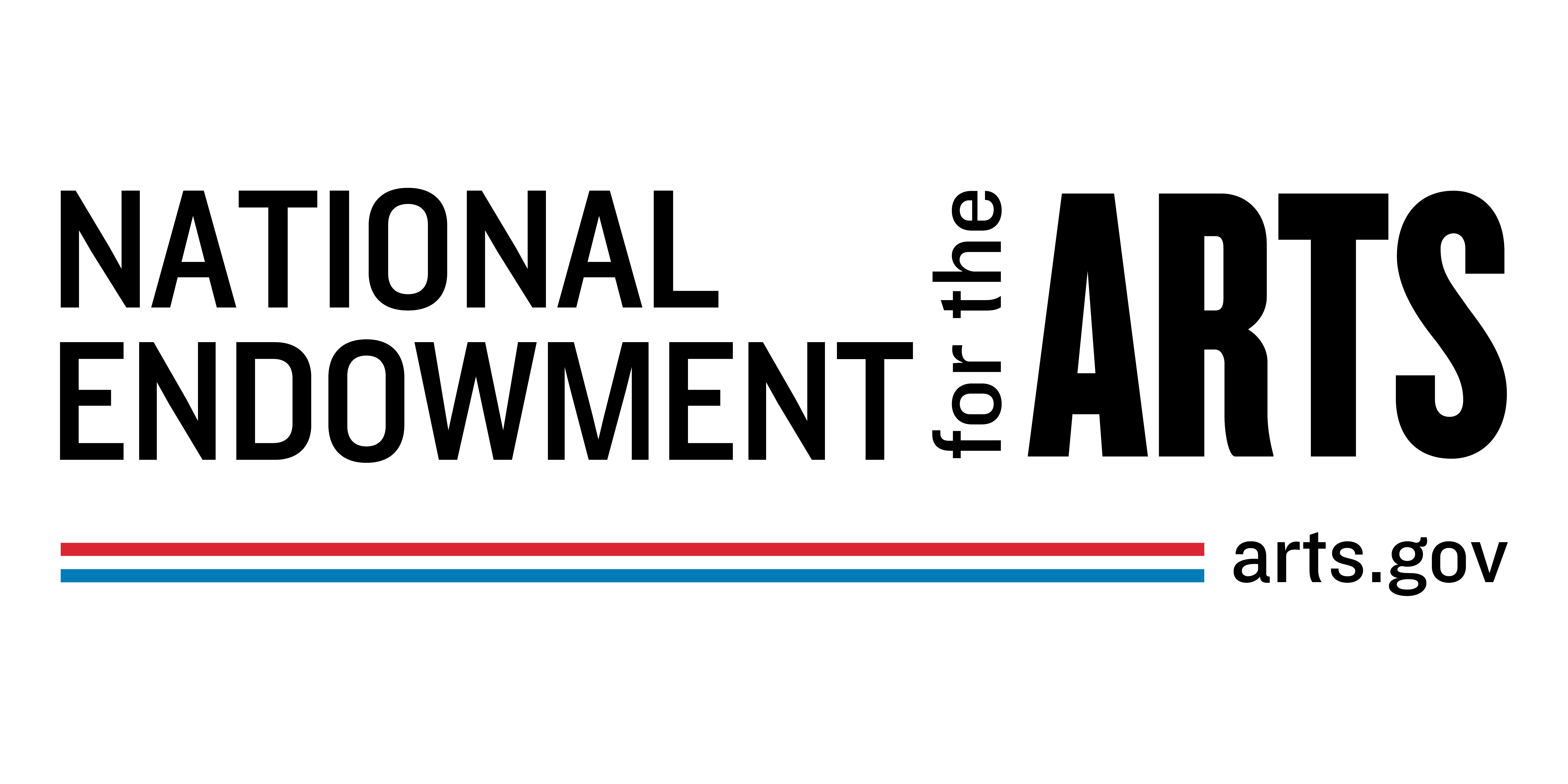[Object As...] Ebitenyefa Baralaye
[Object As...] Ebitenyefa Baralaye

Ebitenyefa Baralaye, All My Relation: I. Ebitenyefa Baralaye.
About "OBJECT AS..."
Objects fashioned by craft artists can do more than appeal to the eye and hand. They can speak to our cultural, political, environmental, and social climates. They can comment on today’s issues and inspire conversations. They can be acts of rebellion.
That’s the point of the “Object As . . .” project, for which six artists were chosen by six curators selected by the American Craft Council. Supported by the National Endowment for the Arts, the artists created works that speak—subtly, directly, intimately, publicly—about issues that matter to them. The works testify to the diversity of makers and practices and to the ongoing impact of craft on our lives. Read more about the project.
Below you can listen to an American Craft Podcast interview with one of the participating artists and read their story about how their object came into being and what it means to them, followed by a note from the curator.
All My Relation: I | Ebitenyefa Baralaye
“It is easy for us to lose ourselves in details in endeavoring to grasp and comprehend the real condition of a mass of human beings. We often forget that each unit in the mass is a throbbing human soul.” —W.E.B. Du Bois, The Souls of Black Folk
“I wonder where is all my relation. Friendship to all and every nation.” —David Drake
Ancestry and family are profound values in my life, but the terms also have a degree of opacity. An understanding of “one’s people” touches on broad ideas of community, history, place, and value that shape a sense of belonging and being. We ultimately belong less to those broad entities than to the specific people and the distinct faces, voices, and bodies, known and unknown, chosen and unchosen, that compose what the 19th-century potter David Drake, enslaved in South Carolina, calls our “relation.”
Drake’s poem, inscribed on one of his pots, holds the complexity of “relation” softly as he meditates on the sorrow of displacement from loved ones under slavery. This sentiment is coupled with a desire to be a friend to “all and every nation.” The coupling, at first perplexing, would probably have been impossible without his deep and active imagination, which attributed distinct faces to those close to him and those whose lives he was imagining—faces to be sought and known.
As a part of a diaspora removed since birth from Nigeria and its culture, I see “my relation” in the faces of the family members I know but also in the imagined faces of those on my family tree whom I have yet to meet or never will. All My Relation: I gives distinct features to this unknown segment of my relation while acknowledging that they are both unclear and persistent in my mind.

Ebitenyefa Baralaye is a ceramicist, sculptor, and designer. His work explores cultural, spiritual, and material translations of form/objects, text, and symbols through a diaspora lens. He is assistant professor of Ceramics at the College for Creative Studies in Detroit.
Curator Notes on All My Relation: I | Andrew Satake Blauvelt
Ebitenyefa Baralaye’s works beautifully plumb the depths of memory and identity, particularly as refracted through a diasporic lens charged with a sense of belonging and displacement. All My Relation: I is indicative of a recent series of works by the artist featuring larger-than-life, black, glazed stoneware heads with facial features outlined by fluid clay lines.
When I first saw these powerful works, they brought to mind ancient Bura heads: terracotta figures with abstracted facial features and long, round, enlarged necks. Located in one large burial site, a veritable city of the dead, in what is now Niger, they represent a communal gathering across generations, while each figure denotes an individual presence: the object as memory.
This sense of bond, kinship, and place is the absent-but-longed-for quality alluded to in the title of Ebi’s piece—All My Relation: I. The phrase is a quote from Dave Drake, an enslaved 19th-century South Carolinian potter. Dave the Potter, as he was called, was known for his adroitness in producing large storage vessels. He signed his works and sometimes put messages on them. Through his poetic couplets, Dave made himself present in an otherwise anonymous process of making. His writing itself was an act of defiance of, and resistance to, the era’s racist prohibitions on literacy. His vessels represent the object as an expression of identity. On one jar, made in 1857, Dave poignantly wrote, “I wonder where is all my relation / Friendship to all—and, every nation.” Dave bridges the gap between any number of unnamed personal losses—of his own freedom, his family, of his connection with his own ancestors—with a transcendent, conciliatory gesture.
Abstracted eyes, ears, noses, and mouths cover the surface of All My Relation: I, a gathering of the parts of fragmented individuals into a collective presence. I read these forms as those souls cast adrift in the horrific diaspora of the Atlantic slave trade that saw millions of lives uprooted on the African continent—and all their relations over the course of hundreds of years kept forcibly apart. In this work, as in Dave Drake’s famously oversized pots, clay becomes a vessel that contains multitudes.
Andrew Satake Blauvelt is the director of Cranbrook Art Museum in metro Detroit and a curator, designer, and writer on contemporary art and design. He previously served in a variety of design, curatorial, and administrative roles at the Walker Art Center in Minneapolis.
Help Make Our Programs Possible as a Member
Join the American Craft Council to receive a subscription to our magazine and help support a range of nonprofit programs that connect and inspire the field.

This project is supported in part by an award from the National Endowment for the Arts. To find out more about how National Endowment for the Arts grants impact individuals and communities, visit www.arts.gov.





